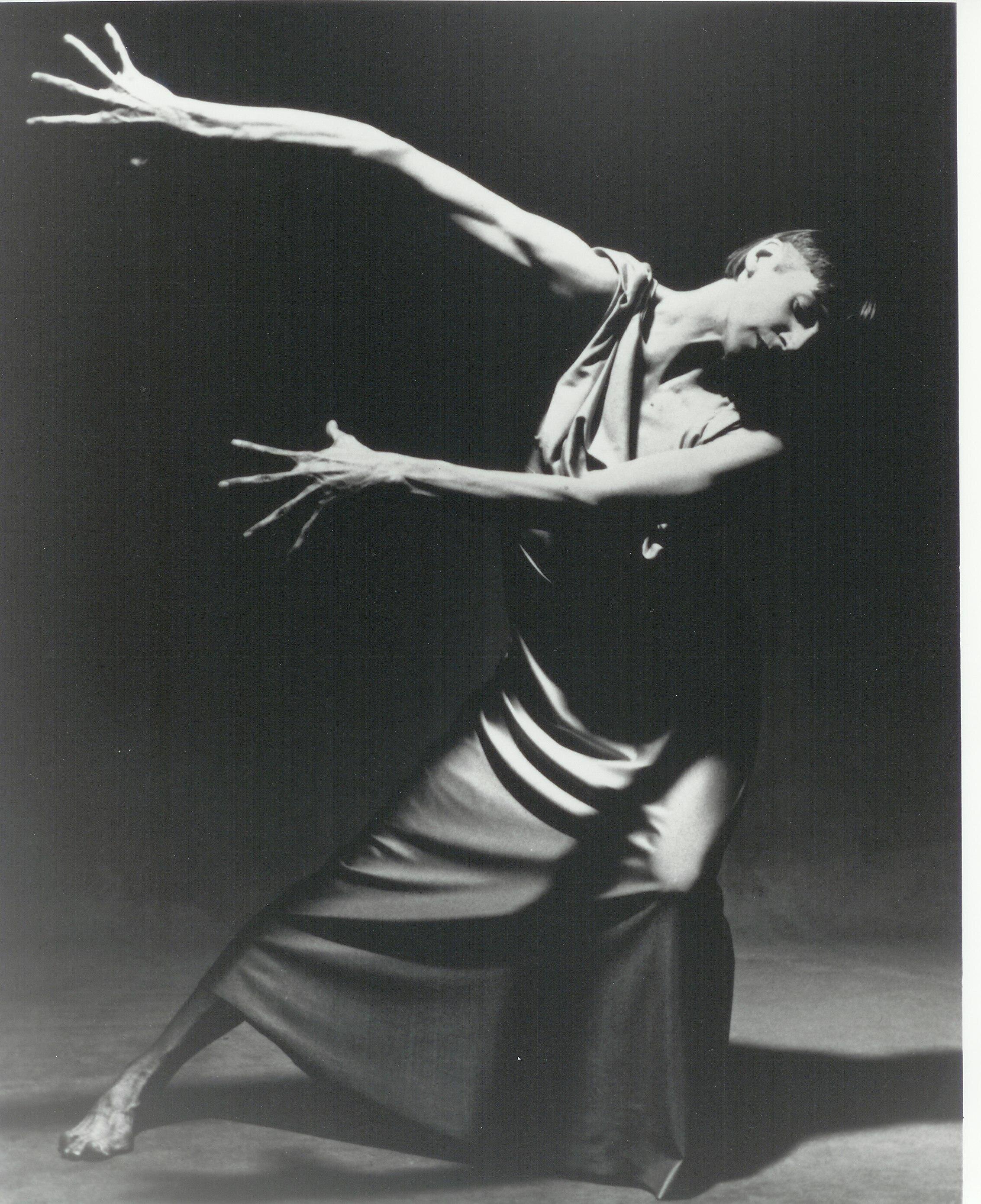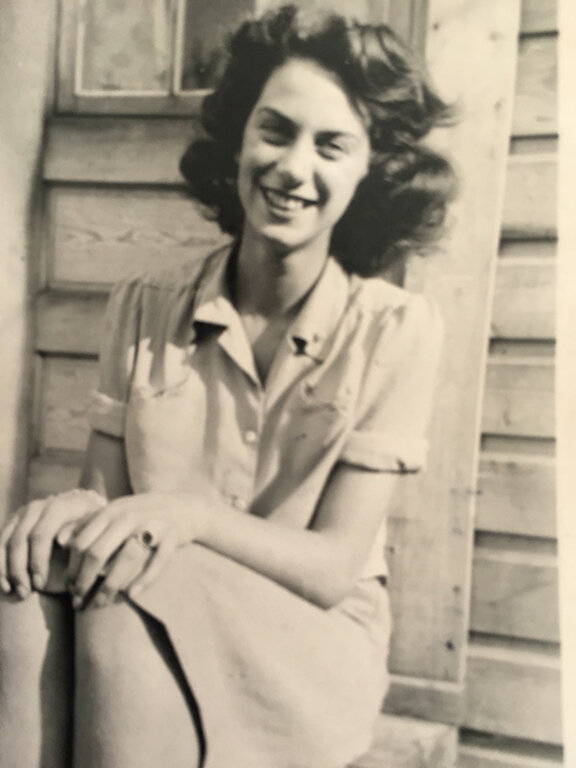Night Garden (2012)
/By 2012 Peggy was well and truly bitten by the Nuit Blanche bug, and set out to create her third installation for Toronto’s all-night celebration of contemporary art. She writes:
The Betty Oliphant Theatre at Canada’s National Ballet School is a big, square auditorium fronted by the façade of a Victorian house that was designed by Jack Diamond. Seating for an audience of 260 rises for 8 rows from the main floor with a large balcony and box seating on both sides above. Surprisingly, the 8 wide rows of upholstered seats may be accordioned back to fit under the balcony, revealing an expansive floor directly in front of the stage.
Wanting to do something special and unexpected for Nuit Blanche, I was extremely excited about staging a work that could proceed with interruption for a full 12 hours on the house floor of the theatre, with the audience watching from above on three sides and coming and going freely throughout the duration of the work. To add to the surreal beauty of this overhead view, Larry Hahn created a set of 12 standing lamps – each with an undulating silver stalk crowned with a glowing white cone – that were arranged in clusters throughout the space.
Sourcing and then reworking foundational material from coalesce and Piano/Quartet, I developed a 20-minute choreography to be performed successively by four different casts, and with each cycle overlapping in the last few minutes as the work was passed on to the next trio. The extraordinary dancers for this project were Ric Brown, Sarah Fregeau, Kate Holden, Benjamin Kamino, Megumi Kokuba, Amanda LaRusic, Sean Ling, Sahara Morimoto, Andrea Nann, Jessica Runge, Stephanie Tremblay Abubo, and Natalie Westerbeek. The dancers’ black sequined costumes – each one unique and artfully crafted by Jennifer Dallas – glinted in the glowing lamplight, while a gentle, shimmering score by Debashis Sinha resonated throughout the space.
The emotional potency of this durational dance worked on me more and more deeply as the night progressed, and when the final cycle was completed and the space was left empty, and then quiet, and then dark, I was overwhelmed by the feelings of profound grief I had been carrying for the 20 months since the death of my husband.



























